First step towards the journey
Entering the Architectural field can be filled with surprises from the very first day. Many students are drawn to the architecture field because they think that their drawing skills will give them an advantage and help them to excel in the profession. The perception that architecture primarily revolves around drawing and art is quite common among people. The Reality is that Architecture is much more than the skills of just drawing and art. Aspiring architects need to recognize that drawing is a very small aspect of the much broader field. Drawing and sketching are just used as a means of communication of ideas. This realization happens when students are taught their first lesson on foundation and strip section or are asked to document a street or building.
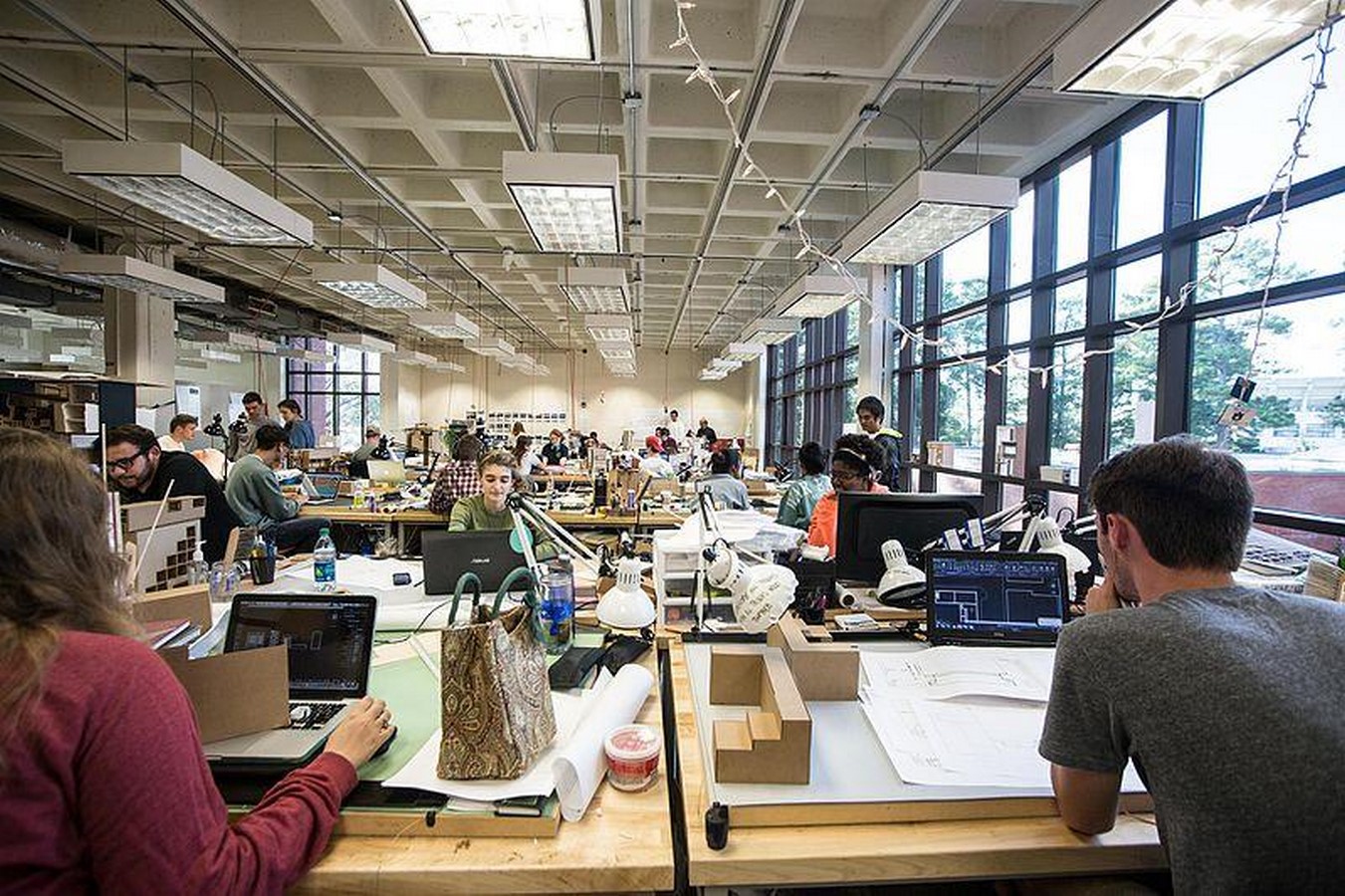
Discovering the field
The field involves design thinking, problem-solving, technical knowledge, communication skills, and creativity which one develops with time.
Some students do have a fair idea about the field before entering but the surprises in the field are constant for everyone. These surprises often keep the profession interesting and engaging. This is exactly what learning sounds like. Embracing these surprises and challenges allows aspiring architects to continuously evolve and create meaningful, innovative spaces that positively impact people and their surroundings. It gives a new perspective and how one looks at the surrounding.
Imagine living in an area for 18 years and suddenly, you start to notice things differently over there. Every day you see something new and you think that why on earth didn’t I think like this before in so many years? One starts seeing the details and beauty of how small things are made.
The Architectural journey is not a linear path. It can be quite diverse and unpredictable. Unlike some professions with clear and straightforward career progressions, the path of an architect is filled with twists and turns, offering a multitude of opportunities and challenges along the way. This is what makes the path fun and exciting along with learning skills. This is a field for people with open minds and a passion for designing. It requires constant learning.
Learnings in an Architectural College
Students are divided into various groups in the college for projects. There are times when some members of the group are unable to complete their work on time and some are unwilling to contribute to the group. This is the time when the other members of the group get the opportunity to play the role of leader and handle the whole situation positively. This gives students valuable experiences in teamwork, collaboration, and communication. This is a small preparation for students for collaborating with the Client, civil Engineer, Structural Engineer, Quantity Surveyor, Site Supervisor, Contractor, laborers, construction workers, etc.
Architectural tours are organised during the college days to different places to explore various Architectural styles, historic landmarks, and modern structures. It’s a fun experience where students learn and work in groups. It has both- fun activities and meaningful Architectural discussions. It creates a memory for a lifetime.
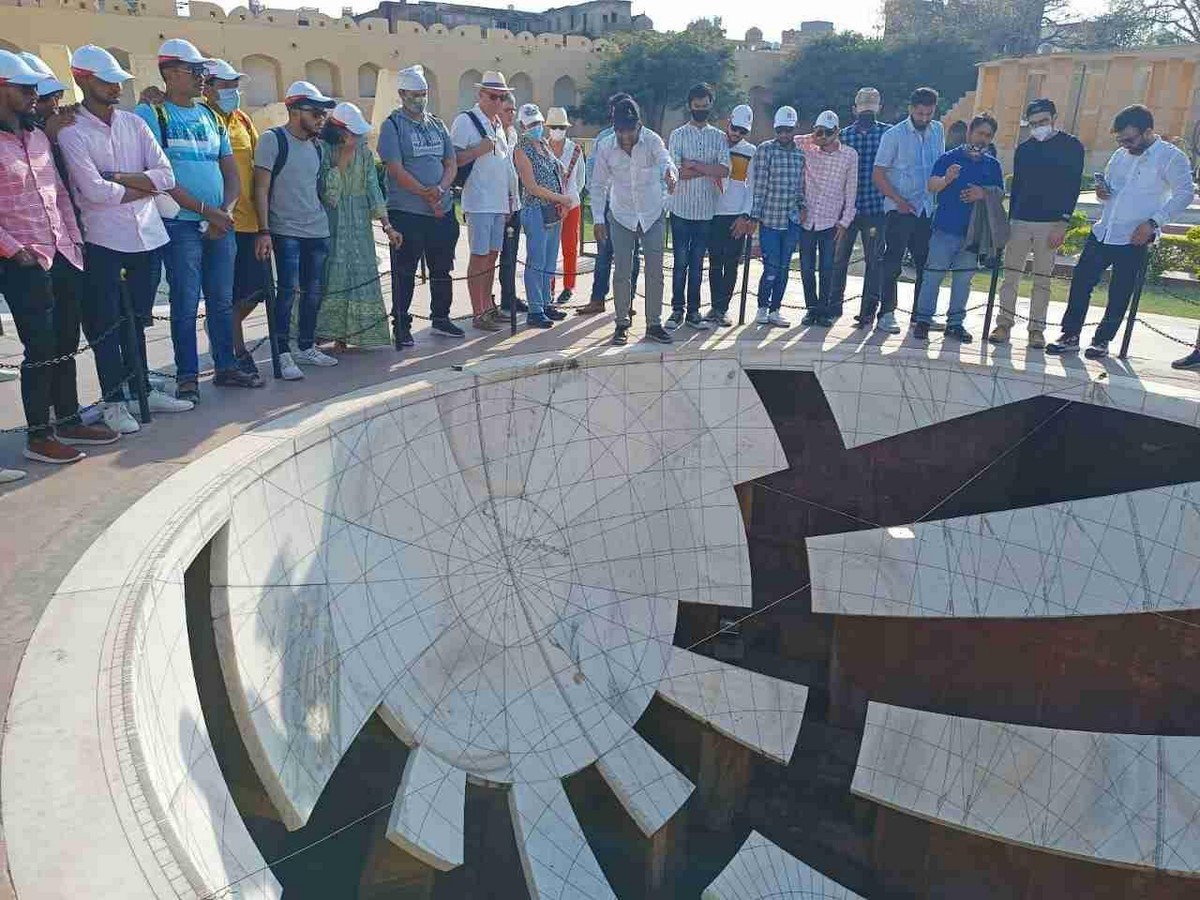
Workshops are the other important way of learning in an Architectural college. Various workshops related to Architecture, Art, design, and construction are conducted by a qualified team of professionals. It gives hands-on learning, networking opportunity and an enhancing design portfolio.
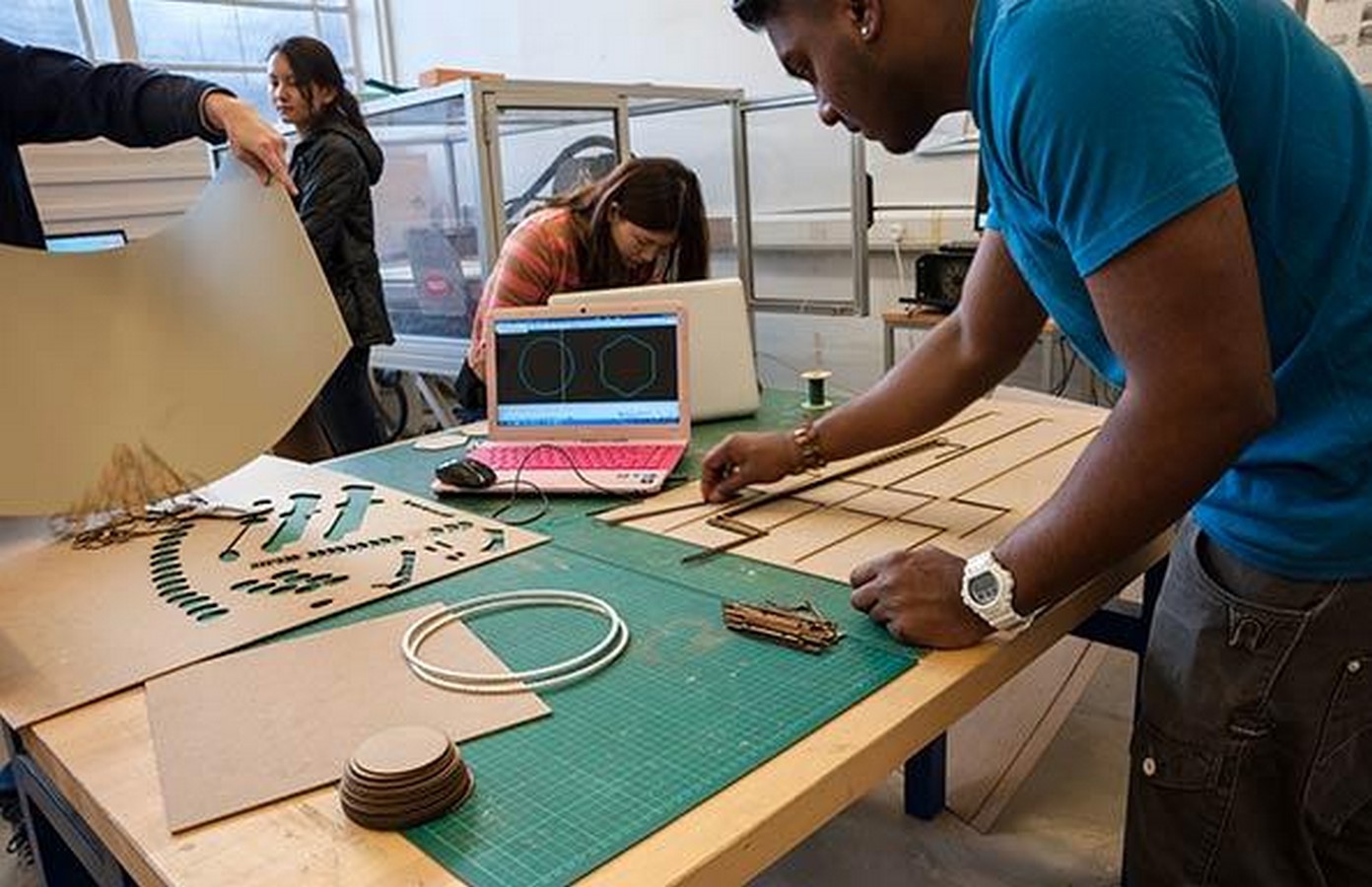
Studio lectures are held to provide necessary theoretical and practical design learning in a design studio environment by experienced faculty members, practicing Architects, and industry experts.
Architectural juries are an integral part of academics. It is a formal review of work done by the student. There is an environment of stress on that day among students as there are going to be critics regarding the final work they have done. It’s always suggested to students to take it positively because they are going to learn from the critics and there is always scope for improvement. It’s always good to learn from our mistakes.
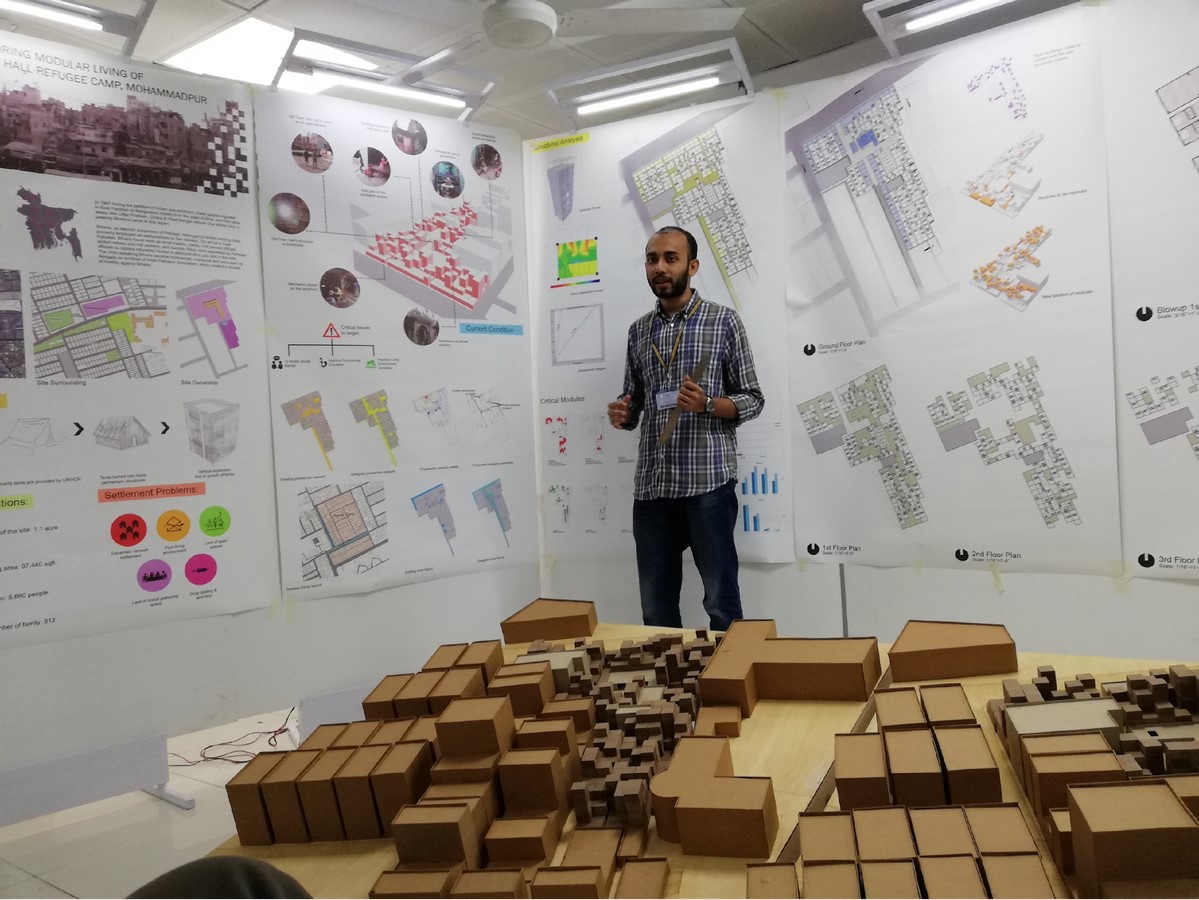
Internships and preparation for future
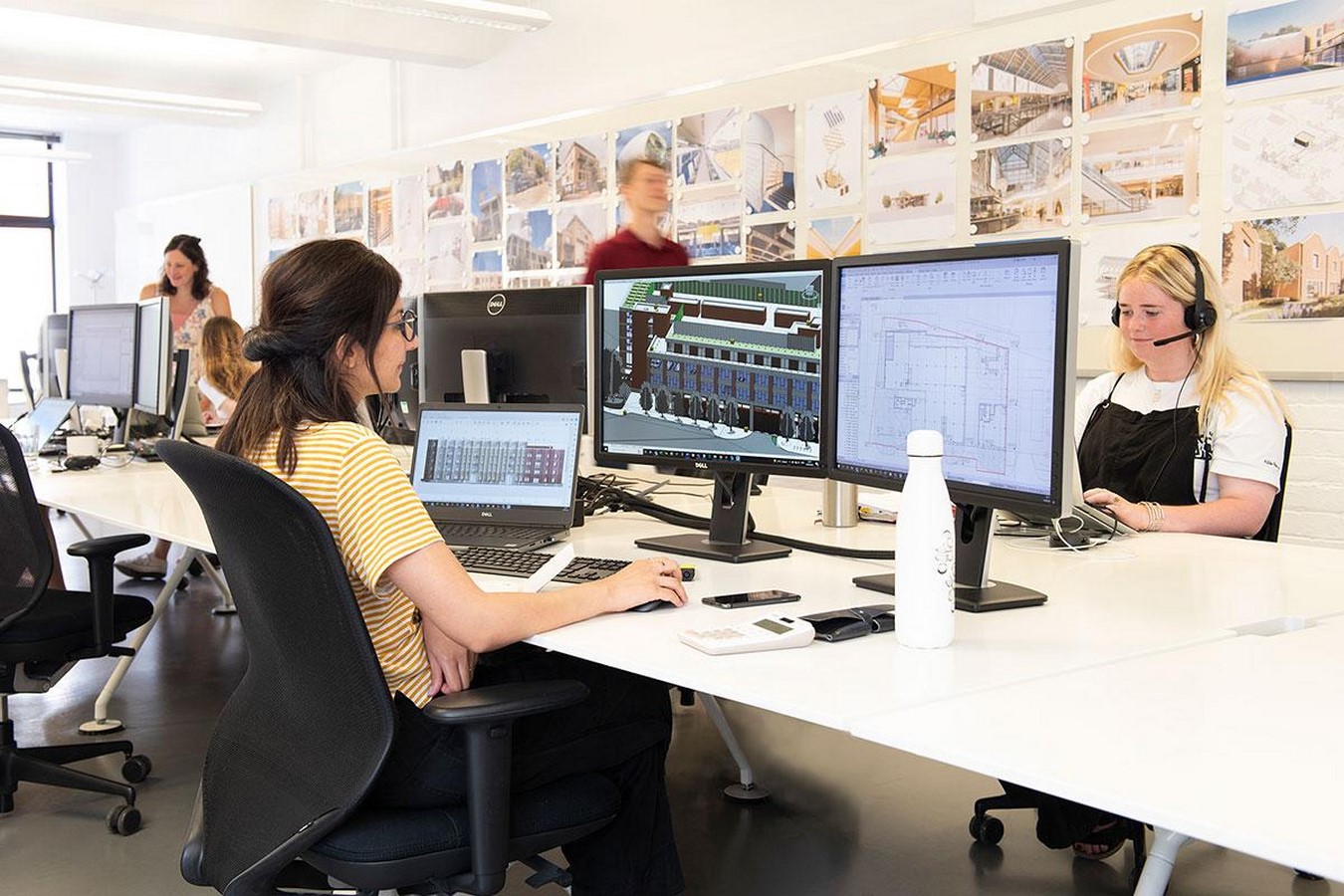
Architectural internships are a great way to seek practical skills and gain knowledge. It is a part of Academics as well. One gets to know how work is done in offices and how is it implemented in the field. There is a lot of discrepancy between what is being taught in colleges and actual practice in offices and construction sites. It is always recommended to take as much as internships as possible during college days and in between vacations. You can approach your nearby offices for part-time work during college days and full-time work during vacations. There are various Architectural platforms and websites that have various part-time and full-time work-from-home internships. One can opt for them as well but it has to be made sure that all this is done in balance with the academics. This also gives an opportunity of earning some money and making connections with professionals in the field. This also helps in knowing your side of interest from the various options by exploring different kinds of work.

The field of Architecture opens up a wide range of career choices- Architect, Landscape Architect, Interior designer, Urban planner, Historic preservation specialist, Sustainability design expert, Construction project manager, Architectural writer or critic, Architectural educator, etc. It’s very important to recognise which option excites you the most and make it your career. It requires self-awareness and self-questioning to make up this crucial decision. Once you discover an option that aligns with your interests and strength, it can lead to a fulfilling and rewarding professional journey.

















